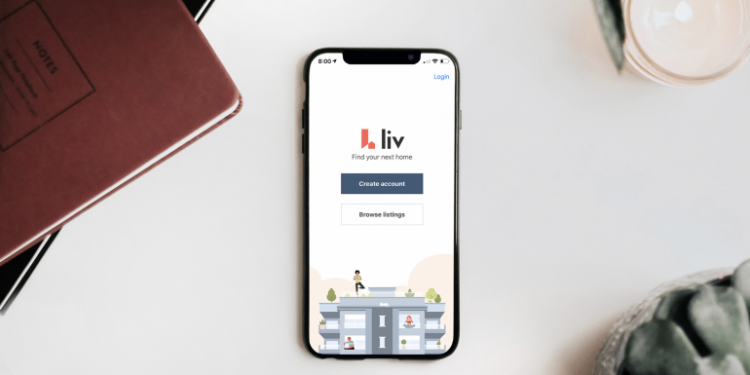After you’ve screened and accepted a tenant for your unit, the next course of action is to finalize the lease.
Traditionally, signing a lease with your tenant was accomplished manually with a paper lease agreement. After drafting your lease, you’d have to print it out, either arrange a time to meet with the tenant or send the document back and forth through the mail, print an extra copy for the tenant to keep, and store the document in a safe, accessible place. This process was tedious, time-consuming, and wasteful.
Nowadays, you can complete the entire leasing process online, which makes everything so much faster and easier.
Here’s a landlord’s guide to managing your leases digitally:
Drafting Your Lease
Every lease has a lot of important information to cover. Here’s a list of the main components your lease needs to hit:
- Names – You must include fields for the names and signatures of all tenants and cosigners.
- Lease terms – Specify the length and start and end dates of the lease, as well as what will happen when the lease expires.
- Rent and fees – State the agreed-upon monthly rent, the security deposit and any other relevant fees, and the late fees and grace period for rent payment.
- Pets – State your rules on pets and any associated rent/fees.
- Maintenance – Clarify what repairs and maintenance you will cover as opposed to what your tenant is responsible for.
- Occupancy limit – This helps protect you from potential damage and liability.
- Terms of entry – Discuss the conditions in which you may enter the tenant’s unit.
- Illegal activity – Emphasize that no local, state, or federal laws will be violated on the premises.
Indicating Fields
Once you’ve drafted the basic components of your lease, it’s time to make it usable for the online format. First, upload your lease agreement document to your property management software platform. Next, you need to indicate lease fields so that you and your tenants can fill out any necessary information.
On your software, you can drag and drop fields for textboxes, signatures, initials, dates, and checkboxes wherever they’re appropriate. This will allow your tenant to electronically fill out everything they need to in the proper format.
Creating Templates
Once you’ve placed your indicated fields throughout the lease, you can save the document as an online lease template. With a template, all you have to do is specify the address, lease dates, and rental amounts, which can be automatically integrated into the document.
If you have different types of units, or if you have properties in multiple states with nuanced laws, you can create a different rental agreement template depending on the kind of lease you need for a given circumstance. When you have a template ready for every type of lease you’ll need, you can finalize and send out your lease agreement contracts in no time. It may take a bit of work on the front end, but templates will save you tons of time and energy in the future.
Electronic Signatures
After you’ve finished your side of things, it’s time to get your lease signed by your tenant. Electronic signatures are perhaps the biggest time-saver of online leasing.
Instead of setting up a time to meet in person or sending the document through the mail, your tenant can begin reviewing and signing the document as soon as you make it available to them on the property management software. What used to take days or sometimes even weeks can be completed in a matter of minutes.
You also don’t have to worry about the validity of electronic signatures. They’re fully recognized and legally binding.
Digital Records
Lastly, once your lease agreement has been signed, it’s important that both you and your tenant have a copy for safekeeping. Instead of finding a safe place to physically store a hardcopy document, digital leases are automatically and securely stored online. This also means it’s virtually impossible for the document to be lost or misplaced.
Furthermore, by storing the documents digitally instead of printing out multiple copies for every lease, you end up saving a lot of paper over time.
Conclusion
If you’re still completing your leases manually and on paper, now is the time to make the switch to digital leasing. Online leases save you so much time, which allows you to fill your vacancies and start collecting rent sooner.
Not only that, but managing your leases digitally is also a piece of cake. With features like reusable templates, electronic signatures, and digital records, you’ll save yourself plenty of tedious legwork with online leasing.















